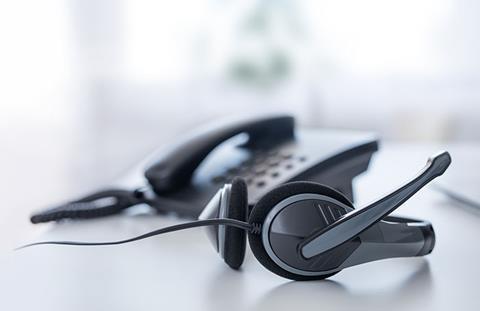
When the Covid-19 pandemic first started, the team at Love Energy Savings, a price comparison website for businesses, was concerned. As an organisation which in large part consists of call centre employees, how could it possibly embrace remote working?
These days, the 289-strong organisation sees hybrid working as a superpower. How did it get there? Before the pandemic, there was very limited remote working. But the light bulb moment for flexibility came quite quickly, once the organisation realised the business benefits.
Anthony Gregory, director of people services at Love Energy Savings, says: “It really came out of the need to be flexible in the pandemic, and it worked for both sides. If [an employee] needs to be with [their] children for bedtime and then make up that time in the evening, that means we can reach a new set of clients. Fantastic.
“Communication is key. We do joke and say, ‘treat it like you treat your mum. If you were going to stay out late, you’d always make sure to ring her because you’d get in trouble if you didn’t.’”
The vast majority of employees can enjoy flexible working, with some exceptions, such as the people who work in the organisation's café and the cleaners. However, even people who need to be in the office can take time out for appointments when necessary.
This means Love Energy Savings is using the office very differently, with three main purposes in mind. The first is to cater for people who cannot easily work from home. The second is for people who want to come in for their wellbeing: to separate work from their home lives, to chat with different people. The third is to reconnect with the organisation. “People just want to come in and feel they are part of the business again, sometimes,” explains Gregory.
To help employees feel connected from wherever they are working, a lot of communication is key, says Gregory. “Every Wednesday morning, without fail, Phil [Foster, the firm's CEO], or one of the senior management team will do an update. Everybody can log on and see it. If [someone] can't make it, we store it so people can log on later and watch it.”
WhatsApp, Yammer and Teams channels keep people connected, formally and informally. Training is available online. “We try to avoid doing mixed groups of training, where some people are in the office and others are at home,” says Gregory. “We find one group tends to have a rubbish experience if it’s hybrid, so we do all or nothing.”
Gregory and his colleagues check in regularly with new starters. He and Foster also have monthly meetings with six people from across the business, making sure that teams are equally represented, aiming to include everyone in the organisation across the year.
The business has evolved its benefits to make sure these are inclusive. For example, instead of putting money behind the bar for a company party, it might have a smaller party for people who do want to come in and send others a gift box.
Employers should not be afraid to try new things and fail, says Gregory. “We've made a lot of mistakes, but we learned and one of the key things we do is when we fail, we fail fast. We go off and change something else, and we make sure we change it for the better. We can only do that when the team gives us feedback.”
















